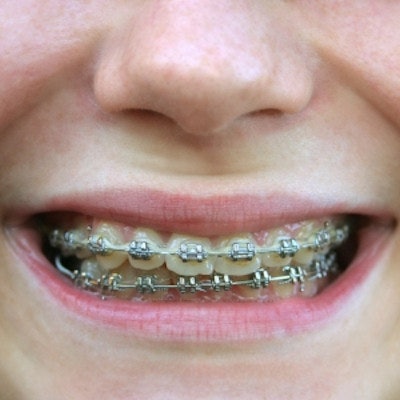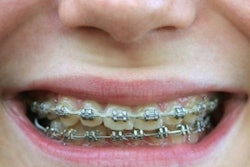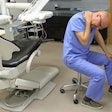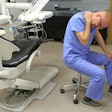
How do potential patients and their families make decisions about undergoing orthodontic treatment? The process can be complicated, in part because of the treatment's expense and largely cosmetic status, as well as the involvement of mental health factors. Researchers interviewed orthodontic patients to learn more.
The investigators conducted semistructured interviews with orthodontic patients and others involved the decision-making process. They found that responses fell into a number of categories, which included patients having a distorted self-image and hopes for looking more attractive. The study was published in the journal Patient Preference and Adherence (December 2018, Vol. 12, pp. 2243-2251).
"The results showed that the main facilitating factor was 'hope for a better future,' for which families would accept numerous difficulties, such as high cost and repeated follow-ups due to the importance of beauty and meeting their children's sense of satisfaction," wrote the authors, led by Mohammad Moslem Imani, DDS, an assistant professor in the orthodontics department at Kermanshah University of Medical Sciences in Iran.
How do you like me now?
The researchers noted that orthodontic treatment of patients with malocclusion can improve their quality of life and also the health of their teeth and gums. Potential patients' choices can be affected by expectations and attitudes about treatment effects on self-esteem, beauty, and oral health, as well as by cultural and economic factors.
To learn more about the process surrounding the decision to undergo orthodontic treatment, the team recruited patients ages 14 to 27 who were undergoing fixed orthodontic treatment at private orthodontic clinics in Kermanshah, Iran, and who were open to speaking about their decision-making process. The participants' only orthodontic problem was malocclusion, and they had normal jaws and facial proportions.
“The results showed that the main facilitating factor was 'hope for a better future,' for which families would accept numerous difficulties.”
The researchers also interviewed important and influential family members of these individuals and dentists who worked at orthodontic clinics.
One researcher interviewed study participants in person during sessions lasting an average of 50 to 70 minutes. He asked open-ended questions, such as "How did you choose to use orthodontics?" and "Who was involved in your decision-making?"
The researchers conducted 19 interviews with 18 people, composed of 15 orthodontic patients, one mother, one father, and one orthodontist. From these interviews, they identified nine main categories and 22 related subcategories connected to decision-making about orthodontic treatment.
Two categories hinged on attractiveness. The researchers wrote participants had distorted self-images based on having malpositioned teeth and contact with those who had undergone orthodontic treatment and had become more attractive. Participants believed that their faces were unattractive, and they had unpleasant interactions with others and experienced isolation.
Multiple categories touched on family or social issues. Participants cited inappropriate and negative interactions with family and friends, such as conflicts about whether anything was wrong with their mouth or feelings of annoyance that family had delayed orthodontic treatment.
At the same time, a family's view of the patient's orthodontic issues, including attitudes and knowledge about orthodontic treatment and socioeconomic level, affected the decision-making process. Additional issues were time needed for orthodontic visits, family-related challenges including uncertainty about orthodontic outcomes, and such social conditions as culture and the attitudes of the surrounding community and relatives.
Financial constraints also were an important aspect of the decision-making process. Patients were aware that treatment could be a financial burden and that there was a lack of insurance coverage. Also, they said their families may be reluctant to pay for orthodontic treatment because they saw it as cosmetic.
However, all participants mentioned the hope to look more attractive and receive attention as connected to their decision-making process. Hope for a better future was a core variable mentioned by patients and parents, including a more powerful community presence and an improved self-esteem. Study participants also mentioned an enhanced sense of value, acceptance, and confidence, as well as better job and marriage opportunities, as treatment benefits.
Initial reluctance
One limitation of the study was the participants' initial reluctance to allow their interviews to be recorded, which in some cases changed after assurances that personal information would remain confidential.
Among the factors playing a role in a patient's decision-making process, knowledge about the orthodontic process itself was important, the researchers concluded
"The findings also revealed that the knowledge of clients and their families about orthodontics and, eventually, the future of the treatment were among factors interrupting orthodontic treatment or causing withdrawals by clients and families," the authors wrote.



















